From capturing stunning underwater shots around Orkney to filming in Greenland, Raymond Besant’s work as a wildlife cameraman has taken him all over the world.
Over the past decade his work has been narrated by the iconic Sir David Attenborough, and he’s had the chance to film one of his favourite animals – otters.
Raymond’s interest in wildlife started when he was a child and he learned about the local wildlife while growing up in Orkney.
His early interest sparked the idea that he would like to one day work in that area. He said: “I would watch loads of wildlife TV when I was a kid – and I thought I wanted to do something to do with wildlife.”
As a teenager he became interested in photography – saying it was a way for him to record what he was seeing.
How did Raymond Besant start working as a wildlife cameraman?
After graduating from Robert Gordon University with an honours degree in Bioscience, he went on to work as a press photographer for The Press and Journal. But his love of wildlife remained and he knew he really wanted to be a wildlife cameraman.
Prior to him leaving the P&J in 2011, he started making a film about seabirds.
Raymond filmed just south of Stonehaven, and says it was where he learned how to film, and subsequently felt he could make it as a wildlife cameraman.
He got his break with BBC’s Springwatch, and has continued working in wildlife TV production and filming over the last decade.
Raymond, from Orkney, was closer to his Kirkwall home for his work photographing seagrass – the only flowering plants that live in saltwater. His images capturing the work of environmental charity Project Seagrass are now featuring in an exhibition presented by Highland Park.
What is the exhibition about?
Project Seagrass has been working with Heriot-Watt University in Orkney to undertake research which sets out to both map and catalogue Orkney’s seagrass meadows. The work is supported through funding from Highland Park.
Raymond said he had already been snorkelling in the seagrass beds and when Project Seagrass began their work he started to collaborate with them.
He added: “I’m away a lot so it’s actually nice to have a project that I could focus on closer to home.
“I’m in the water photographing with a normal camera. There’s a couple of really accessible sites not too far from where I live. Seagrass really likes shallow and sheltered water. It’s not difficult to work in, it’s close to shore so you’re never in more than two or three metres of water at any time.”
However, Raymond says that though the environment is in some ways easy to work in, there are plenty of places for the small fish, crustaceans and other sealife that live there to hide. He said: “It’s easy to get to – but not that easy to find the things I want to photograph!”
What other projects has Raymond worked on?
He has worked on a variety of projects, including documentaries such as BBC’s Wild Isles, which was presented by Sir David Attenborough. He also spent time filming along the west coast of Greenland for Frozen Planet II – which is also narrated by Sir David. And 2018’s Wild China saw him working at heights of up to 16,000 feet on the Tibetan plateau.
Raymond said: “It’s nice to have David Attenborough narrate your work.”
However, he said the focus is on doing the best job he can with many of the shoots he works on having challenging conditions.
Working in diverse climates can be difficult, Raymond explained: “Things like weather massively affects your shoots. For Wild Isles, I was trying to film otters predating salmon. The story was about salmon and their lifecycle.
“What we didn’t really expect was the really cold winter; it was in January, so I was working in the Highlands, trying to film these otters in -17C. So as well as otters being difficult to film, you got those kind of conditions to deal with as well.”
He added: “The nice thing about those kind of series is that you’ve usually got the opportunity to give it two or three tries, so if you don’t get it the first time you might be able to go back the next year and try again.”
What are some of Raymond’s career highlights?
With a career packed with some many fascinating projects, it must be hard to pick out just one or two highlights, but Raymond tells me his time working in Greenland was a stand-out moment.
Describing it as “really rewarding” he said: “I really enjoyed the Frozen Planet II work in Greenland, it was like a proper adventure really – it was very remote, having a small team put in by helicopter and then camping for a month. And having to cope with 24-hour daylight, and, again, quite difficult weather conditions.
However, recent work has also been a highlight, he said: “I’ve been involved in a couple of shoots in Shetland over the last year, filming otters as well – one my favourite animals. To be able to get to spend a long time watching their behaviour and filming was really nice.”
What are the challenges of working with wildlife?
It’s not just the weather that can be challenging – the animals can be unpredictable too. No matter the preparations you make, sometimes you still need to improvise, Raymond recounts: “Sometimes it’s not the animals that are difficult, but just situations that you go into. You’ve got lots of kit with you – even just getting through the airport sometimes can be quite tricky!”
Of the animals he said: “You can’t make them do what you want – they’re still wild animals. I’ve been in a situation before where we tried to get on a shoot and were about to go in until we were told that actually the leopards had predated all the young ones of the family that we were going to go and film so it was cancelled.
“You can’t legislate for that kind of thing. So sometimes it just doesn’t work. You’re on a shoot and you just don’t get what you’ve tried to get. But when that happens, you can usually improvise to some degree.
“I remember having a shoot where I was on the Tibetan Plateau trying to film a migration of an antelope called a Chiru.”
Where is the exhibition taking place?
“They’ve been hunted really heavily for their fur. China’s put in place a conservation project, and it’s really helped get their numbers back up. So these antelopes come out of the mountains at the same time and they go down on to the plateau to give birth.
“Because, I think, of climate change, there’s a lot more rain in that area now, so the plateau they would normally go down on to give birth – they went much further west than we were allowed to go. So we’ve gone all the way out to this place, which takes easily five days to find, and they were just not there. So it was a case of what do we do now?
“We found a different route that they were taking, but it meant that they were having to cross a river that was really fast flowing, and some of the young washed away.
“So before you go, you’ve got a nice storyboard about the behaviour and what you would like to capture. If it just doesn’t happen, you’ve got to improvise on your feet.”
- Highland Park Presents Project Seagrass by Raymond Besant will run until March 2 at the Highland Park Store, Albert Street, Kirkwall.
Five questions for Raymond Besant
- What book are you reading: The Nature of Winter by Jim Crumley
- Who is your hero/heroine: Orkney naturalist Eddie Balfour
- Do you speak any foreign languages: French (badly!)
- What’s your favourite music/band: Smashing Pumpkins
- What’s your most treasured possession: A Polar Bear carved from soapstone I picked up in Greenland
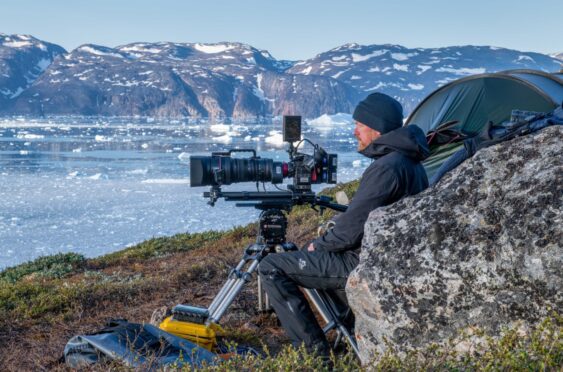
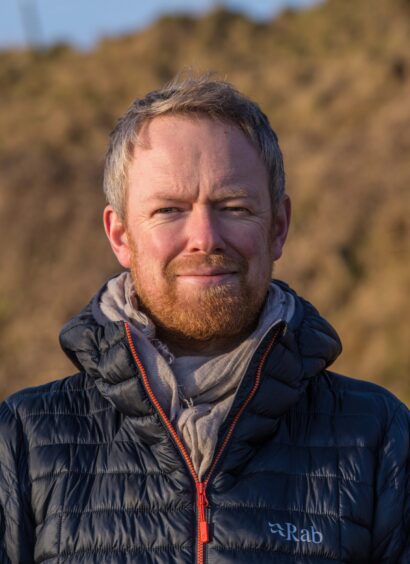
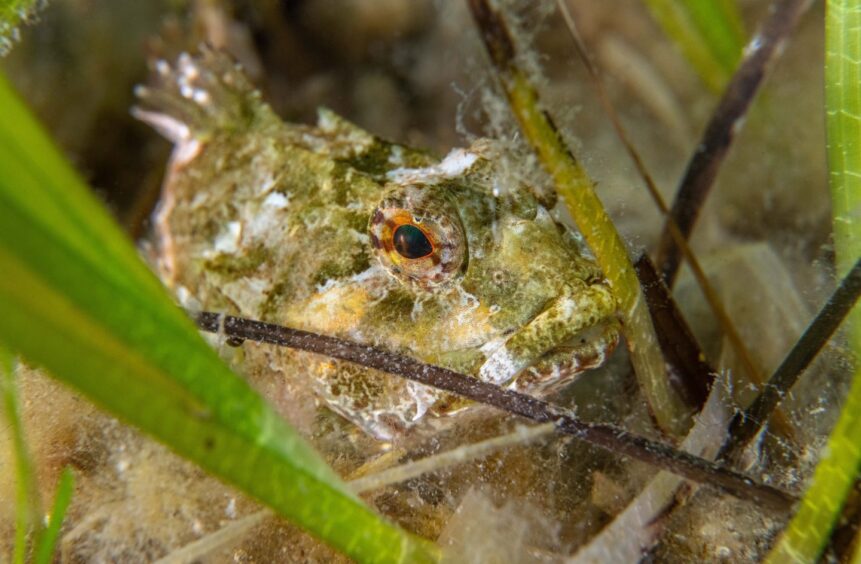
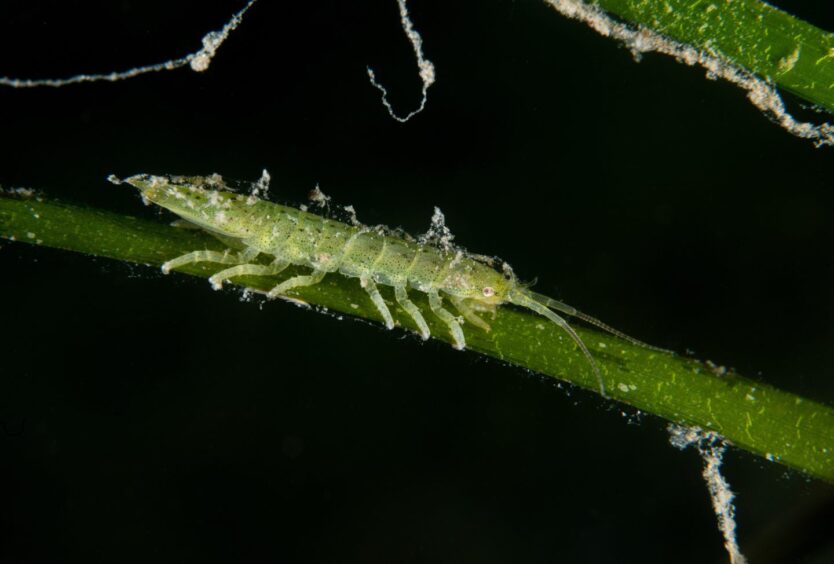
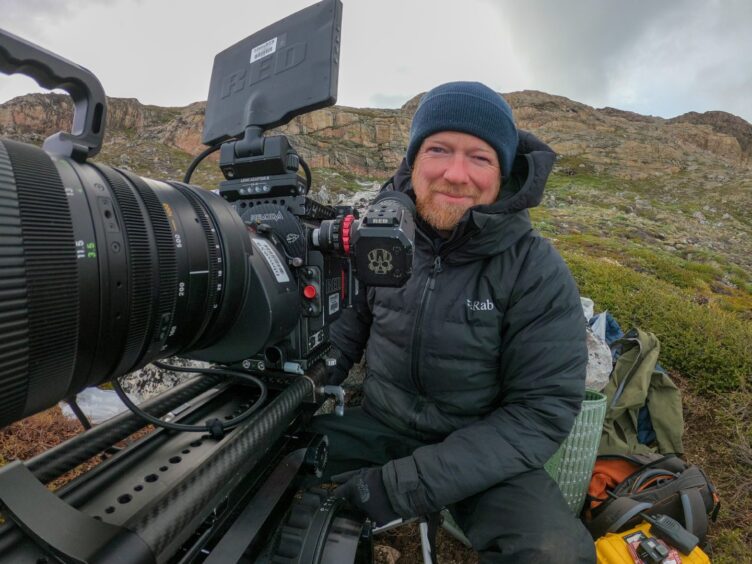
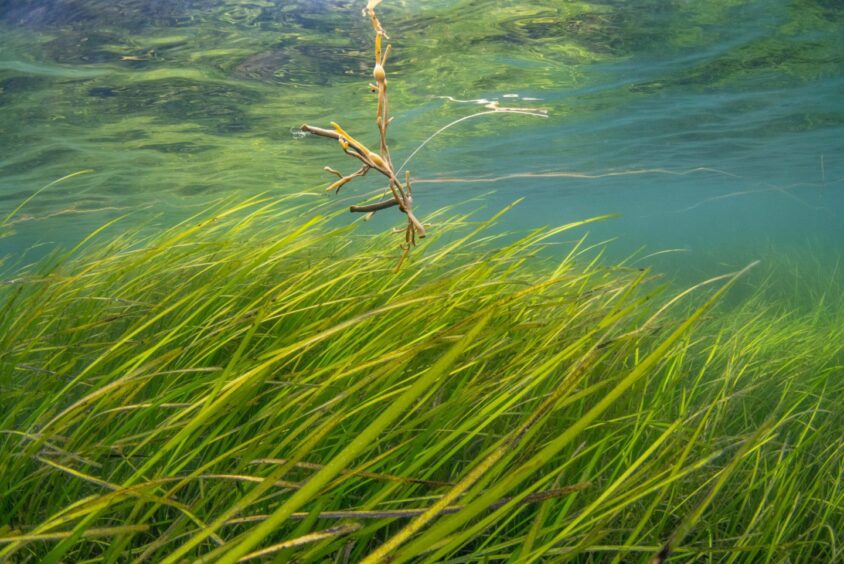
Conversation